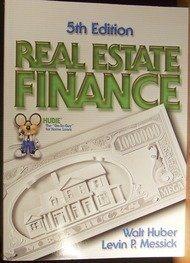which of the following accounts has the lowest effective rate of return
8. Which of the following statements about the potential a. It is difficult to tell whether a company is, on balance, b. Sometimes it is hard to tell if a ratio is "good" or "bad e. Different operating and accounting practices can distort comparisons. d. Comparison with industry averages is difficult for a small firm e. Comparison problems of financial ratio analysis is FALSE? in a strong or weak position different divisions. with industry averages is difficult for a conglomerate firm that operates in many 9. Which of the following statements is CORRECT? a. If Firms X and Y have the same P/E ratios, then their market-to-book ratios must also be b. If Firms X and Y have the same net income, number of shares outstanding, and price per c. If Firms X and Y have the same earnings per share and market-to-book ratio, they must have d. If Firm X's P/E ratio exceeds that of Firm Y, then Y is likely to be less risky and/or be e. If Firms X and Y have the same net income, number of shares outstanding, and price per equal share, then their P/E ratios must also be the same. the same price/earnings ratio. expected to grow at a faster rate. share, then their market-to-book ratios must also be the same. 10. Companies HD and LD are both profitable, and they have the same total assets (TA), total invested capital, sales (S), return on assets (ROA), and profit margin (PM). Both firms finance using only debt and common equity. However, Company HD has a higher equity multiplier. Which of the following statements is CORRECT? a. Company HD has a lower total assets turnover than Company LD b. Company HD has a lower equity multiplier than Company LD c. Company HD has a higher fixed assets turnover than Company LD. d. Company HD has a higher ROE than Company LD. e. Company HD has a lower operating income (EBIT) than Company LD 11. Which of the following bank accounts has the lowest effective annual return? a. An account that pays 8% nominal interest with monthly compounding. b. An account that pays 8% nominal interest with annual compounding. C. An account that pays 7% nominal interest with daily (365-day) compounding. d. An account that pays 7% nominal interest with monthly compounding. e. An account that pays 8% nominal interest with daily (365-day) compounding







